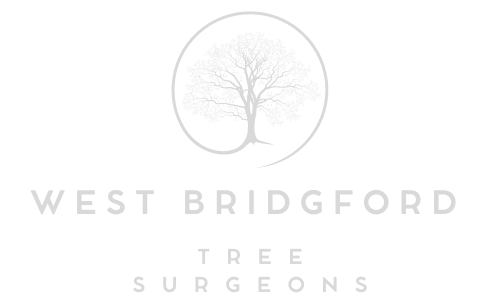Crafting Artistry: Reshaping Trees for Traditional Woodturning
Introduction: Traditional woodturning is a timeless art form that transforms raw timber into exquisite works of functional and decorative beauty in the world of craftsmanship and artisanal pursuits. The material is at the heart of this craft, with trees offering a bountiful canvas of possibilities for skilled woodturners. This article explores the art of reshaping trees for traditional woodturning, celebrating the symbiotic relationship between artisan and arboreal treasure.
Understanding Tree Reshaping:
- Tree reshaping, or selective pruning or shaping, involves carefully manipulating a tree’s growth patterns to achieve desired forms and characteristics. While traditionally used for landscaping and arboriculture purposes, tree reshaping takes on a new dimension when viewed through woodturning. Artisans can selectively prune branches, shape trunks, and sculpt growth patterns by cultivating trees that yield timber uniquely suited for woodturning projects.
Cultivating Ideal Characteristics:
- When reshaping trees for traditional woodturning, artisans seek to cultivate timber with specific characteristics prized for its workability, grain patterns, and aesthetic appeal. Certain tree species, such as maple, oak, cherry, and walnut, are favoured for their dense, fine-grained wood that lends itself well to turning on a lathe. Through strategic pruning and shaping techniques, artisans can encourage the development of straight, knot-free trunks, uniform growth rings, and desirable grain patterns, resulting in timber that showcases the wood’s natural beauty and inherent qualities.
Enhancing Workability and Yield:
- By reshaping trees to promote optimal growth and form, artisans can enhance the workability and yield of timber harvested for wood-turning purposes. Trees with well-balanced branches, uniform growth, and minimal defects yield timber that is easier to work with and less prone to structural weaknesses or irregularities. Additionally, strategic pruning can stimulate the growth of specific wood features, such as burls or crotches, prized for their unique grain patterns and figures, further enriching the
aesthetic and artistic potential of the wood.
Fostering Sustainability and Stewardship:
- Reshaping trees for traditional woodturning embodies principles of sustainability and environmental stewardship, honouring the inherent value of trees as renewable resources. Artisans promote healthy tree growth and longevity by selectively pruning and shaping trees rather than clear-cutting or indiscriminate harvesting, ensuring a sustainable timber supply for future generations of woodturners. Moreover, by cultivating timber from locally sourced trees, artisans minimise the carbon footprint associated with transportation and support local ecosystems and biodiversity.
Preserving Heritage and Craftsmanship:
- Traditional woodturning represents a celebration of heritage, craftsmanship, and artistic expression in an age of mass production and technological advancements. They are reshaping trees for woodturning, honouring this rich tradition, and connecting artisans with the timeless rhythms of nature and the material’s inherent beauty. Through mindful stewardship of trees and thoughtful cultivation of timber, artisans preserve and perpetuate the legacy of traditional woodturning, ensuring that this venerable craft continues to inspire and delight for generations to come.
Conclusion: Reshaping trees for traditional woodturning is a labour of love and an art form unto itself, where the hands of artisans and the wisdom of trees converge in a symphony of creativity and craftsmanship. By cultivating trees with care and intention, artisans unlock the hidden potential within the wood, revealing its innate beauty and expressive qualities. In doing so, they honour the sacred bond between artisan and arboreal muse, forging a timeless connection that transcends generations and celebrates the enduring spirit of creativity and craftsmanship.
Call us on: 0115 647 1188
Click here to find out more about West Bridgford Tree Surgeons
Click here to complete our contact form and see how we can help with your tree’s needs.

